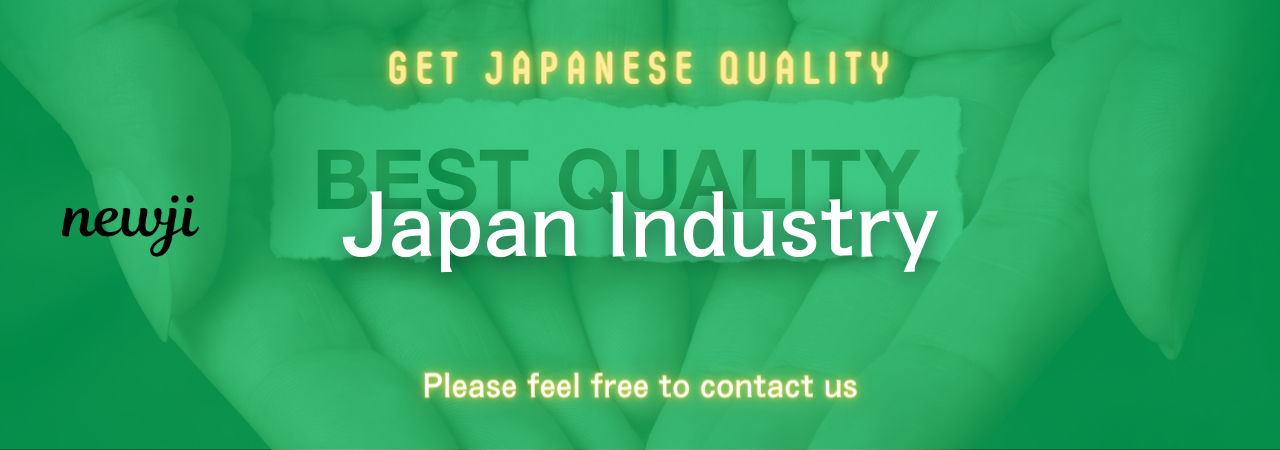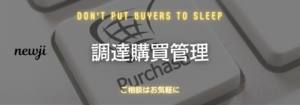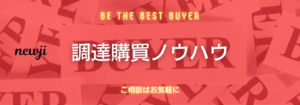- お役立ち記事
- Development of self-cleaning fibers with super water repellency

Development of self-cleaning fibers with super water repellency

目次
Understanding Self-Cleaning Fibers
Self-cleaning fibers are a breakthrough in textile technology designed to make our lives easier by reducing the need for frequent cleaning.
These innovative materials have the ability to repel dirt and stains, thanks to their super water-repellent properties.
When water or any liquid comes into contact with these fibers, it beads up and rolls off, taking dust and grime with it.
The concept is inspired by nature, specifically by the leaves of the lotus plant, which have a natural ability to clean themselves.
This effect, commonly known as the “lotus effect,” is due to the micro-structure of the leaves’ surfaces.
By mimicking this structure, scientists have developed fibers that not only resist water but also self-clean when exposed to natural elements like rain.
The Science Behind Super Water Repellency
The key to super water-repellency lies in the surface structure of the fibers.
These fibers are engineered at the microscopic level to form a layer that limits the contact area between the fiber’s surface and water droplets.
This is achieved through a rough surface composed of tiny projections that create air pockets.
As a result, water droplets sit atop these projections, rather than spreading over the fiber surface, thus forming beads.
In addition to the physical surface structure, chemical treatments play a significant role in enhancing water-repellent properties.
The fibers are often coated with hydrophobic substances like fluorocarbons or silicones, which further reduce the affinity for water.
This combination of physical and chemical strategies creates a durable water-resistant surface on the fibers.
Applications of Self-Cleaning Fibers
Self-cleaning fibers have a wide range of applications across different industries.
In the fashion industry, clothes made from these fibers can stay cleaner for longer periods, reducing the need for frequent washing and thereby extending the lifespan of garments.
This is particularly beneficial for outdoor and active wear, which are often exposed to dirt and moisture.
In the realm of home textiles, self-cleaning properties are a game-changer for materials used in upholstery, curtains, and carpets.
These items can maintain their appearance without extensive maintenance or professional cleaning, saving both time and money for homeowners.
The automotive industry also benefits from self-cleaning fibers, especially in car interiors.
Seats and mats made from these materials can repel stains and spills, keeping car interiors cleaner and more hygienic.
Environmental Impact of Self-Cleaning Fibers
The development of self-cleaning fibers offers significant environmental benefits.
By reducing the frequency of washing, these fibers help conserve water and decrease the use of detergents, which can pollute waterways.
Additionally, the energy required for washing and drying clothes is minimized, contributing to lower carbon emissions.
Moreover, longer-lasting textiles reduce the demand for constant textile production, which is resource-intensive and generates considerable waste.
As a result, the adoption of self-cleaning fibers can contribute to a more sustainable textile industry.
Challenges in Developing Self-Cleaning Fibers
Despite their benefits, developing self-cleaning fibers presents several challenges.
Ensuring durability of the water-repellent coating is a major concern, as wear and wash can degrade the coating over time.
Researchers are continuously working to improve the robustness of these coatings to withstand regular use and washing cycles.
There is also the issue of scalability and cost.
Producing self-cleaning fibers on a large scale without significantly increasing the cost of textiles remains a challenge for manufacturers.
Finding economical methods to produce these fibers is crucial for widespread adoption.
The Future of Self-Cleaning Textiles
The future of self-cleaning textiles looks promising as research and development continue to advance.
Scientists are exploring new materials and innovative techniques to enhance the self-cleaning properties of fibers, such as the use of nanoparticles and biodegradable coatings.
Integration of self-cleaning technology into everyday textiles not only provides convenience but also moves us closer to creating more sustainable living environments.
As this technology becomes more cost-effective and accessible, it has the potential to revolutionize the textile industry, offering solutions that are both practical and environmentally friendly.
In conclusion, self-cleaning fibers with super water repellency are a revolutionary innovation that combines the science of materials with ecological considerations.
They have the potential to significantly impact various industries by providing durable, low-maintenance, and eco-friendly textile solutions.
With ongoing advancements, these fibers are set to play a crucial role in the future of sustainable textile production and consumption.
 資料ダウンロード
資料ダウンロード
QCD管理受発注クラウド「newji」は、受発注部門で必要なQCD管理全てを備えた、現場特化型兼クラウド型の今世紀最高の受発注管理システムとなります。
 NEWJI DX
NEWJI DX
製造業に特化したデジタルトランスフォーメーション(DX)の実現を目指す請負開発型のコンサルティングサービスです。AI、iPaaS、および先端の技術を駆使して、製造プロセスの効率化、業務効率化、チームワーク強化、コスト削減、品質向上を実現します。このサービスは、製造業の課題を深く理解し、それに対する最適なデジタルソリューションを提供することで、企業が持続的な成長とイノベーションを達成できるようサポートします。
 製造業ニュース解説
製造業ニュース解説
製造業、主に購買・調達部門にお勤めの方々に向けた情報を配信しております。
新任の方やベテランの方、管理職を対象とした幅広いコンテンツをご用意しております。
 お問い合わせ
お問い合わせ
コストダウンが利益に直結する術だと理解していても、なかなか前に進めることができない状況。そんな時は、newjiのコストダウン自動化機能で大きく利益貢献しよう!
(β版非公開)



